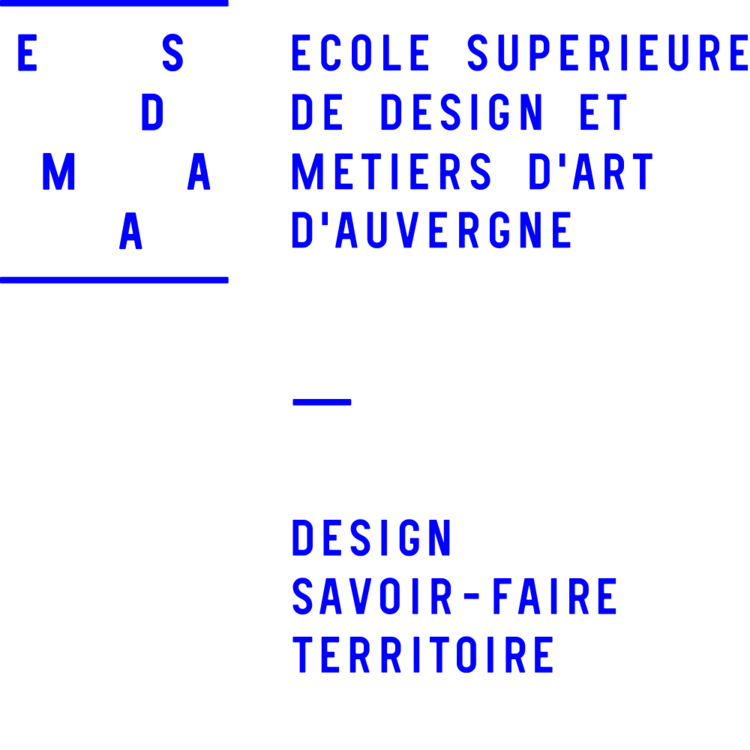Format
Amandine Gerbe
Étant fortement attachée à la matière qu’est le textile et ne pouvant nier le comportement abusif de son industrie, j’ai souhaité traiter cette ressource jetée en très grande quantité, et ce, de plus en plus. Il est nécessaire de repenser le textile en lui-même et son impact afin qu’il ne devienne plus un désastre écologique mais peut-être un engrais, une nourriture pour le sol. Cependant il est tout aussi primordial de traiter ce qui est déjà présent et produit.
Des rencontres avec des acteurs de la filière du recyclage textile m’ont permis de me rendre compte de la difficulté qui persiste dans la création d’un projet économiquement viable avec une telle ressource. Il s’agissait alors de recréer de la valeur et du désir à partir de celle-ci en trouvant la bonne équation entre quantité utilisée et qualité apportée.
Dans cette recherche de cohérence au sein d’un gisement disparate, la marque Format. est née. Vêtements, linges de maison, neufs ou usagés et laissés à l’abandon sont les constituants de cette gamme textile pour l’habitat, un pied de nez à leur origine. Suspensions, tapis, plaid et étoffes sont réalisés au sein d’une ressourcerie afin de favoriser le travail des couturières en réinsertion et sont sérigraphiés en atelier spécialisé. Une nouvelle collection avec de nouveaux motifs est créée tous les six mois, un nouveau clin d’œil aux collections printemps/été et automne/hiver de l’industrie textile qui paradoxalement renouvelle beaucoup plus souvent ses collections. Alors, ce gisement de départ retrouve une valeur perdue ainsi que sa place à l’échelle du corps et de l’habitat.
-
First, I am strongly attached to textiles materials and I cannot deny the abuse of its industry. That is why I wanted to work with those wastes that exist in large quantities. It is necessary to redesign the textile itself and its impact. Indeed it must no longer be an ecological disaster but perhaps a fertilizer for the soil. However, it is equally important to deal with what is already present and produced.
Meetings with people involved in the textile recycling sector allowed me to realize the difficulty that persists in creating an economically viable project with such a resource. Then, it became a question of recreating value and desire from it by finding the right equation between the quantity used and the quality provided.
In this pursuit of coherence within a disparate field, the Format. brand was born. Clothing, household linen, new or used and discarded are the components of this textile range for the home, a mockery to their origin. Curtains, carpets, plaid and fabrics are made in a recovery centre in order to encourage the work of seamstresses in reintegration. Then they are silkscreened in specialized workshops. A new collection with new patterns is created every six months, again, a blink of an eye to the textile industry's spring/summer and autumn/winter collections, which paradoxically renew their collections much more often. At the end, this waste regains a lost value and its place at the scale of both the body and the habitat.





















